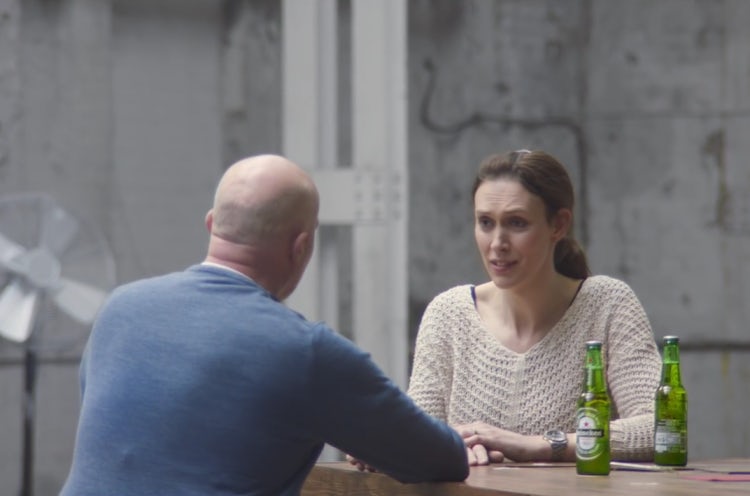There was a period between about 2016-2017 where many brands seemed to combine purpose and positioning. During these two years, it appeared society had an awakening that manifested in multiple, intersectional ways: A significant refugee crisis was happening in Europe; Britain decided to leave the EU; Donald Trump was elected, and #metoo and #timesup forced sweeping change across a myriad of public and private organizations.
But the reaction to these phenomena in the culture was often polarizing, with online social platforms only multiplying the effect as algorithms optimized to create “filter bubbles” of impassioned points of view and moral posturing. Because brands reflect what’s happening in the culture, there were more than a few brand managers who decided to introduce storylines they imagined would appeal to customers’ sense of virtue.
Ad Contrarian Bob Hoffman sums it up succinctly when he says, “Do you, as a company, have certain values? That’s great. Support them with money and actions but, please, leave me out of your self-regard. Do it because it’s the right thing to do, not to impress me with your nobility. Virtue-hustling is just one example of the old school psycho-babble trope of ‘laddering-up’ of consumer benefits. Often to the point at which they have no relationship to the product at hand.”
And that’s just the problem with anchoring a brand’s market position around a purpose that considered as virtuous. Diageo’s CMO Syl Saller says, “Everyone is using purpose differently and not defining it. And a lot of people are defining it as just things that are worthy and good for society. Our definition is straightforward; it’s why a brand exists.”
For many, the word purpose connotates something admirable and worthy which is the mistake.
And Diageo (with a brand portfolio of spirits and beer) has made their fair share of mistakes. Back in 2011, a campaign for Baileys Irish Cream Liqueur called “Make Women Shine” used lines such as ‘Be a woman for life, not for applause,’ They wanted to play the role of empowerment in female consumers’ lives, but lacked the insight to suggest that’s what customers wanted.
Diageo Europe’s innovation director Ed Pilkington recounts, “Baileys is a brand that skews female, but we suddenly pushed it too far and wanted to become a movement for females. And then we thought, let’s take a step back and think, what is the role that Baileys plays? About 100 million people in Europe claim to love Baileys and why do they enjoy it? Because it’s a lovely treat. So what does the Baileys stand for? It’s all about providing an indulgent, lovely treat.”
Heineken’s ‘Open Your World’ campaign was received favorably by consumers, but Mark Ritson castigated the purpose-driven ad, not for the values it expresses, but because it seemed the brand was an afterthought of the marketing. And marketing is not a public service agency, but rather a function that exists to sell. “Step back from the powerful four-minute Heineken ad for just 30 seconds and ask yourself why Heineken is the featured brand? Couldn’t any other brand pull this off with equal legitimacy? Surely this ad would work just as well with Guinness, Becks, Strongbow, Stella Artois or a host of other beverages,” he says.
And he’s right.
When purpose gets confused for a position, (how consumers perceive the brand in the context of competitive alternatives) brands lose their ability to differentiate and compete. A brand’s culture, organization, and strategy are what reveal its purpose, not the other way around. As Ritson says, “Somewhere between the commodifying monochrome of physical and mental availability and the achingly cool, belief-based world of ‘inspiring communities to be great’ is a middle path. A path we can call differentiated brand image.”
Small Cuts, Big Impact: Shaping Your Business Like a Bonsai
Running a business is like shaping a bonsai—small, intentional adjustments lead to sustainable growth. Instead of drastic changes, refine offerings, pricing, positioning, and processes over time. Prune what no longer serves you and cultivate a business that thrives. #entrepreneurship





